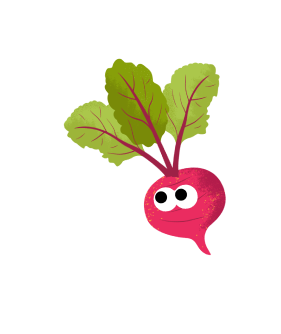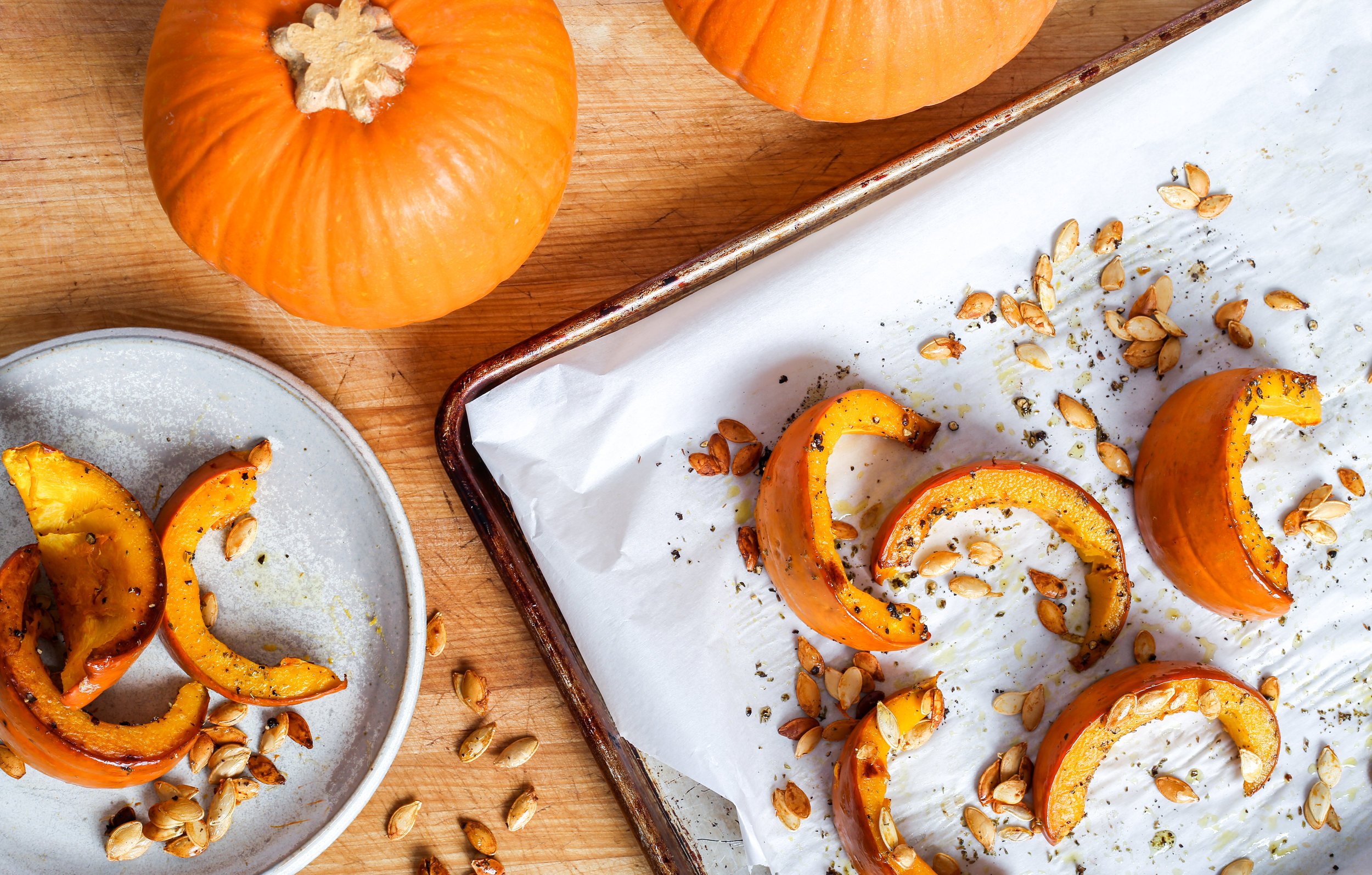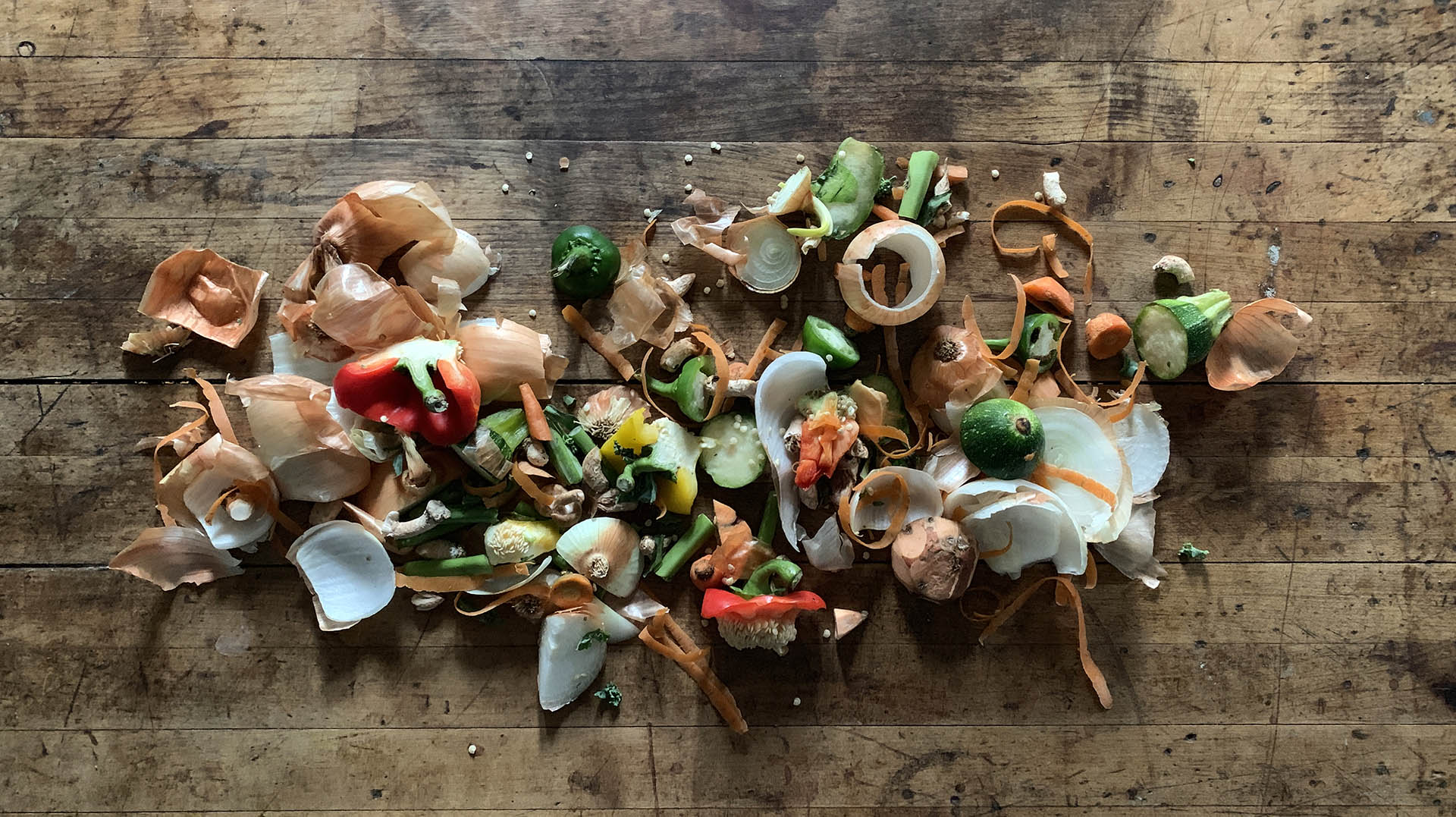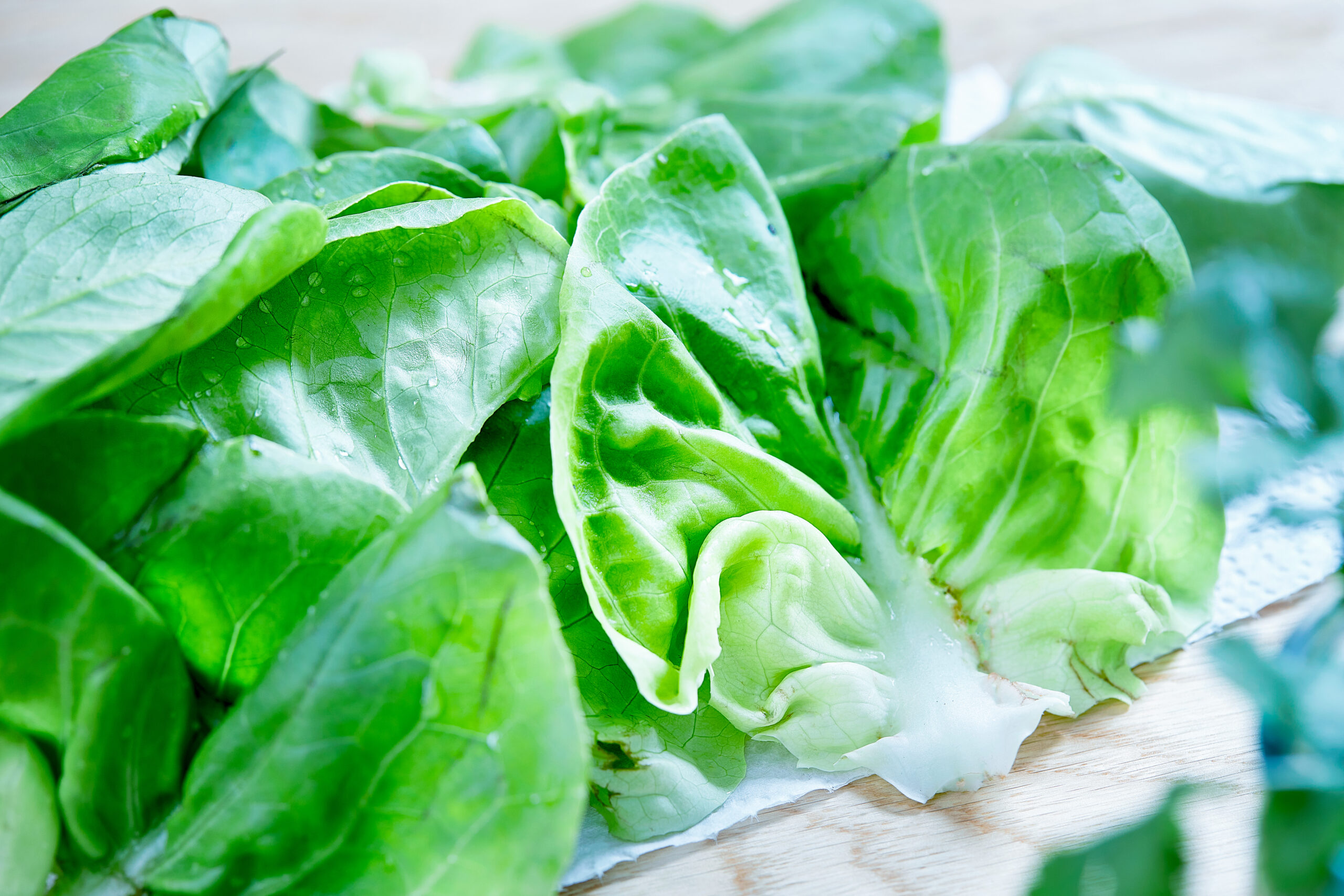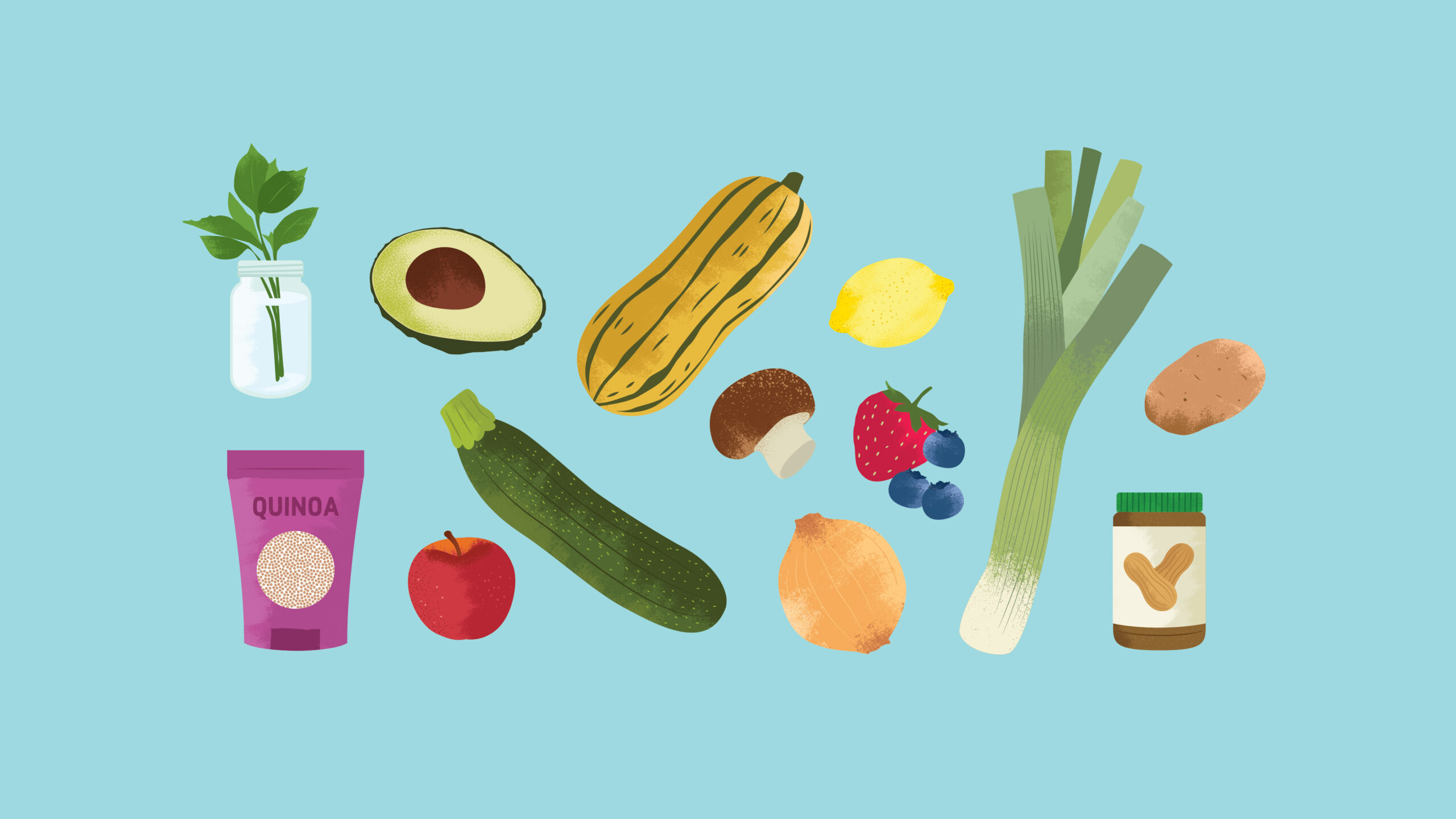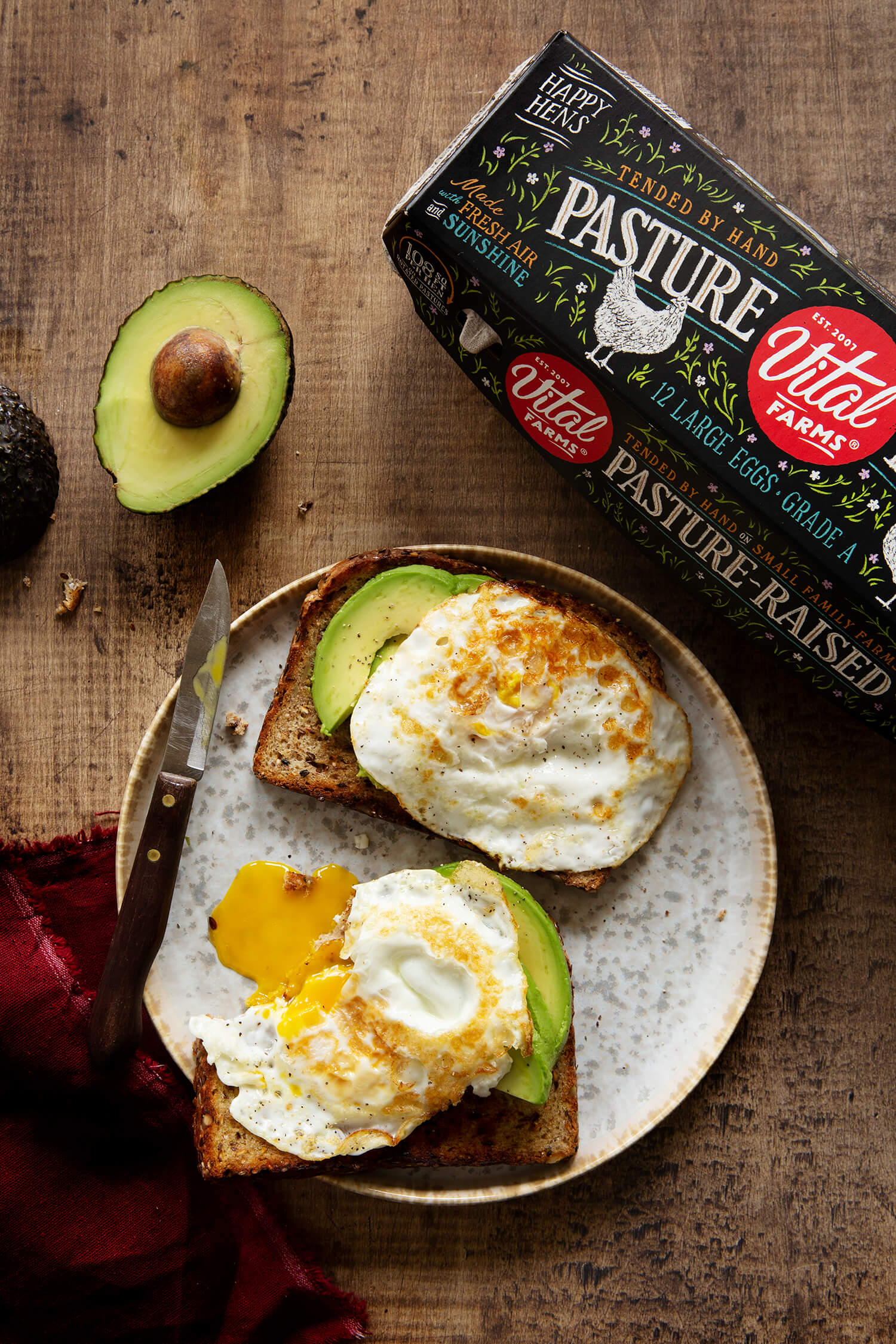Pumpkins are the typecast actors of the squash world—pigeonholed into pies and lattes, buried in obligatory cinnamon, and banished to the dessert table. Sure, it’s delicious, but it’s predictable, repetitive, and sells pumpkins short. It’s time to stop underutilizing this awesome ingredient!
Why Should I Eat More Pumpkins?
We all win when we move pumpkins into the starting line-up for mealtime. Farmers get to sell them for longer than a few brief weeks in October and the rest of us can take advantage of their underrated health benefits. Packed with fiber and vitamin C, and positively brimming with beta-carotene, pumpkins are a hearty ingredient that packs a nutritional punch.
How Do I Pick a Pumpkin?
The best eating pumpkins are dense and flavorful. Though there are many varieties that fit the bill, you’ll often see them lumped under the catchall categories of “sugar” or “pie” pumpkins.
Can I Eat My Carving Pumpkin?
Technically yes, but you could better spend your pumpkin dollars elsewhere. The pumpkin varieties that are bred for carving are bred to have lots of room for candles and fancy designs, and as a result have a watery, relatively bland flesh that’s not as well-suited for cooking. A telltale sign of a carving pumpkin is that knocking on it will produce a hollow sound, rather than the thud of a sugar pumpkin. So, when you’re done with your Jack O’Lantern, it’s best resting place is the compost, not your plate.
Can I Eat the Seeds?
Yes! No matter the type of pumpkin, make sure to reserve the seeds. Give them a rinse, toss them with some oil, salt, pepper, and whatever spice strikes your fancy, and toss them in the oven for a snack that will ready before your jack-o-lanterns are lit! If you’d rather save them for later, here is a collection of recipe ideas that include pumpkin seeds.
Can I Use Canned Pumpkin Instead of Fresh Pumpkin in a Recipe?
Pumpkin puree is the starting point for many a pumpkin-forward recipe, especially quick soups and curries. If you don’t have a pumpkin handy, canned pumpkin puree is a great option. Just be sure to pick pure pumpkin instead of a spiced blend, which often has lots of sugar and spices already added to it. This way, you can avoid unnecessary added sugar and choose your own seasoning adventure.
Can I Make My Own Pumpkin Puree?
If you do have a baking pumpkin like a sugar pie, making your own puree is a piece of cake, or rather, pie. Simply halve, remove seeds, bake, scrape, then puree! Get started with a recipe here.
What Can I Do With Pumpkins Besides Bake?
Because they so often get the dessert treatment, it can be easy to forget that pumpkins are just another member of the squash family. Just like its cousins, pumpkins are perfectly suited for savory dishes.
You can roast them and toss them into a grain salad, simmer them into your next soup, or puree them and add them to your breakfast smoothie. Need some inspiration? Try starting with any of the following flavor combos:
-
Sage, rosemary, thyme: Roast or add to a pasta dish.
-
Garlic, ginger, curry paste: Make a Thai pumpkin curry.
-
Coconut, pecans, walnuts: Mix and match for flavor and crunch in a hearty fall salad.
-
Cumin, paprika, cayenne, chili powder: Consider a black bean soup, or pumpkin tacos.
-
Cinnamon, allspice, cardamom, nutmeg: Bring traditional pumpkin spices into a main course by seasoning a farro or couscous dish with these warming spices.
For even more inspiration, check out these recipe ideas that incorporate pumpkin into your cooking in fresh new ways!
